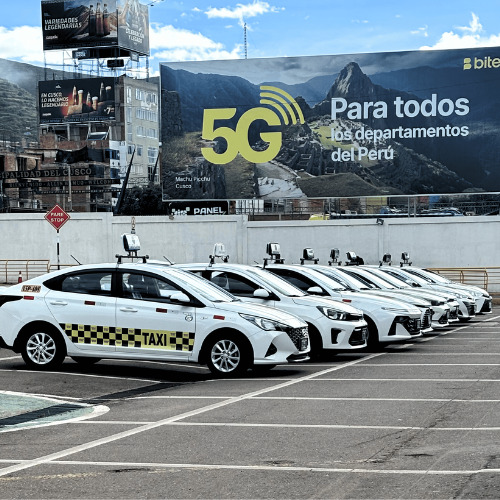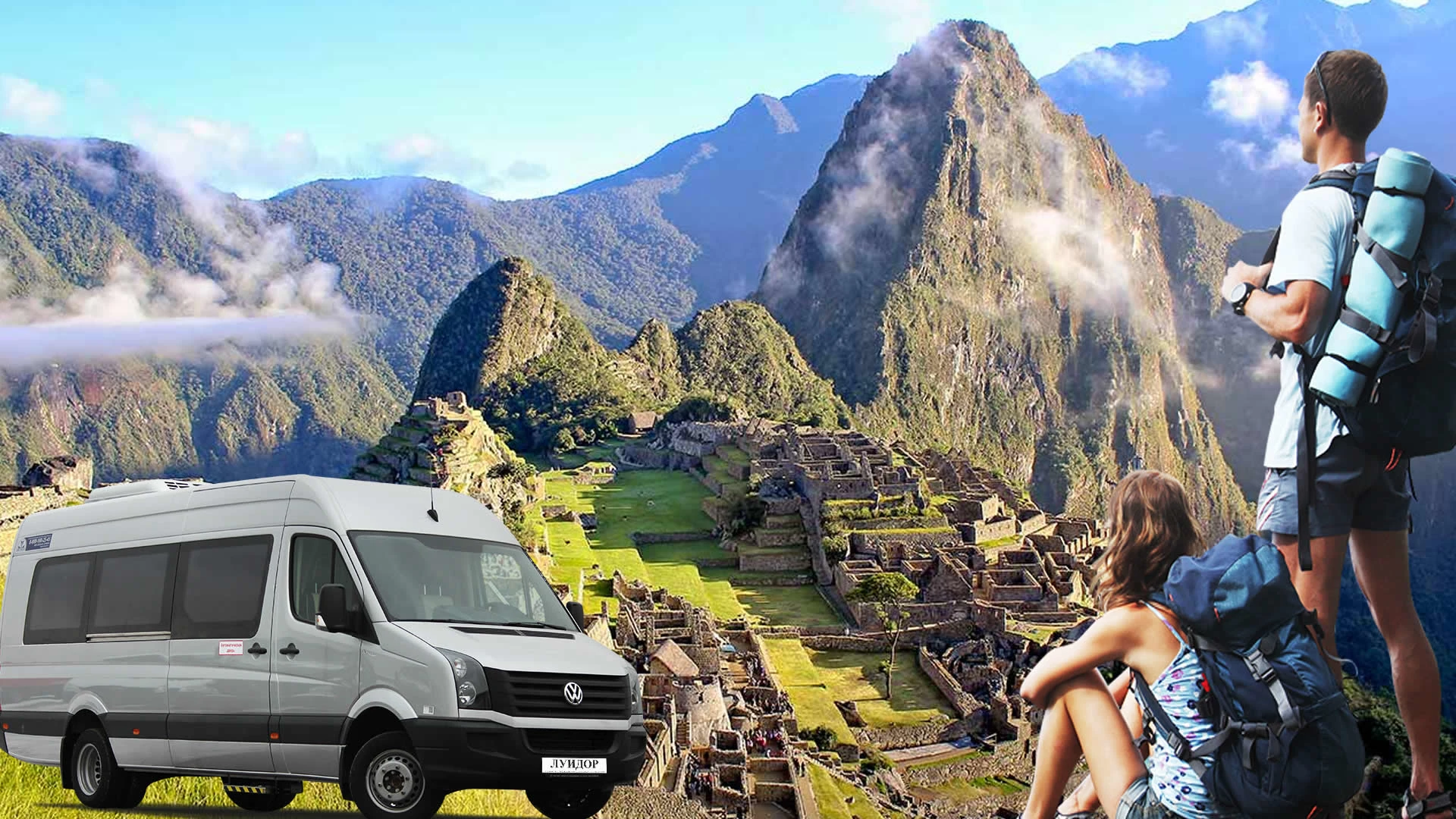Getting around Cusco is easier than it seems, but knowing the right options can help you save time and money and avoid problems. Whether you want to explore the Historic Center, visit traditional neighborhoods like San Blas, or travel to the Sacred Valley, here we explain the best transportation alternatives depending on your type of trip.

Walking in Cusco: The Best Way to Explore the Historic Center
Most of the attractions in Cusco’s Historic Center are just a few minutes apart, and walking is the most practical and enjoyable way to explore the city. Iconic streets like Hatun Rumiyoc, Loreto, San Blas, and the Plaza de Armas are ideal for enjoying the architecture and taking photos without needing transportation.
Although some streets are steep, walking allows you to discover shops, viewpoints, and hidden gems that are easily missed from a taxi or bus. Just remember to wear comfortable shoes and walk slowly due to the altitude.
Taxis: Practical, economical, and recommended for short distances
Taxis are the most common mode of transportation for tourists. Taxis in Cusco don’t use meters, so fares are agreed upon before the trip begins. On average, rides within the city cost between 5 and 10 soles, depending on the distance.
It’s recommended to take safe taxis:
From your hotel
From formal agencies
From mobile apps like Uber, Didi, or InDriver
From official taxi stands at the Plaza de Armas or the airport
Taxis are ideal for getting to San Blas, Sacsayhuamán, the bus terminal, shopping centers, and nearby attractions.
Public transportation: Economical but not the most comfortable for tourists
Cusco has buses and minibuses that connect the main districts. They are very inexpensive (between 1 and 2 soles), but they tend to be crowded during peak hours, and the routes can be confusing for visitors.
It’s recommended to use them only if you already know the city or are traveling with a local. For tourists, walking or taking a taxi remains the best option for comfort and safety.
Tourist and private services: ideal for longer routes
To visit more remote places like the Sacred Valley, Maras, Moray, Humantay Lagoon, or Rainbow Mountain, the most comfortable and safe way is to hire a tour service or private transportation.
Advantages:
Experienced drivers for mountain routes
Hotel pickup
Authorized vehicles
Greater safety on rural roads
Option to customize your itinerary
Many agencies offer shared and private transportation, depending on the traveler’s budget.
How to get from the airport to the Historic Center?
The distance is short: only 15 to 20 minutes.
Recommended options:
Registered airport taxi (safe and fast)
Apps like Uber or Didi
Transfer from a travel agency or your hotel
Avoid taking unregistered taxis outside the airport.
Recommended routes for travelers: Short routes within Cusco
| Route Type | Route | Recommended Transport | Important Notes |
|---|---|---|---|
| Short routes within Cusco | Plaza de Armas → San Blas | Walk or taxi | The uphill walk is steep; walk if you want good photos. |
| Plaza de Armas → Sacsayhuamán | Taxi | Ideal if you’re short on time or feeling altitude fatigue. | |
| Downtown → San Pedro Market | Walk | Safe and very busy area. | |
| Downtown → Cristo Blanco Viewpoint | Taxi | Avoid walking up at night. | |
| Long routes outside the city | Cusco → Pisac | Tour, bus, or tourist taxi | Perfect for a half-day visit. |
| Cusco → Ollantaytambo | Tour, train, or tourist taxi | Part of the route to Machu Picchu. | |
| Cusco → Chinchero | Tour or tourist taxi | Included in the Sacred Valley circuit. | |
| Cusco → Maras & Moray | Tour or tourist taxi | No direct public transport to the viewpoints or terraces. |
Final tips for getting around Cusco:
Walk whenever possible to enjoy the city, but take it easy because the altitude can affect your pace. When taking a taxi, agree on the price before getting in and avoid hailing taxis on the street at night; instead, use reliable apps or hotel services. If you need to travel to remote areas, always opt for authorized tourist transportation for greater safety, and carry small change since many taxis and other forms of transport don’t have change.

